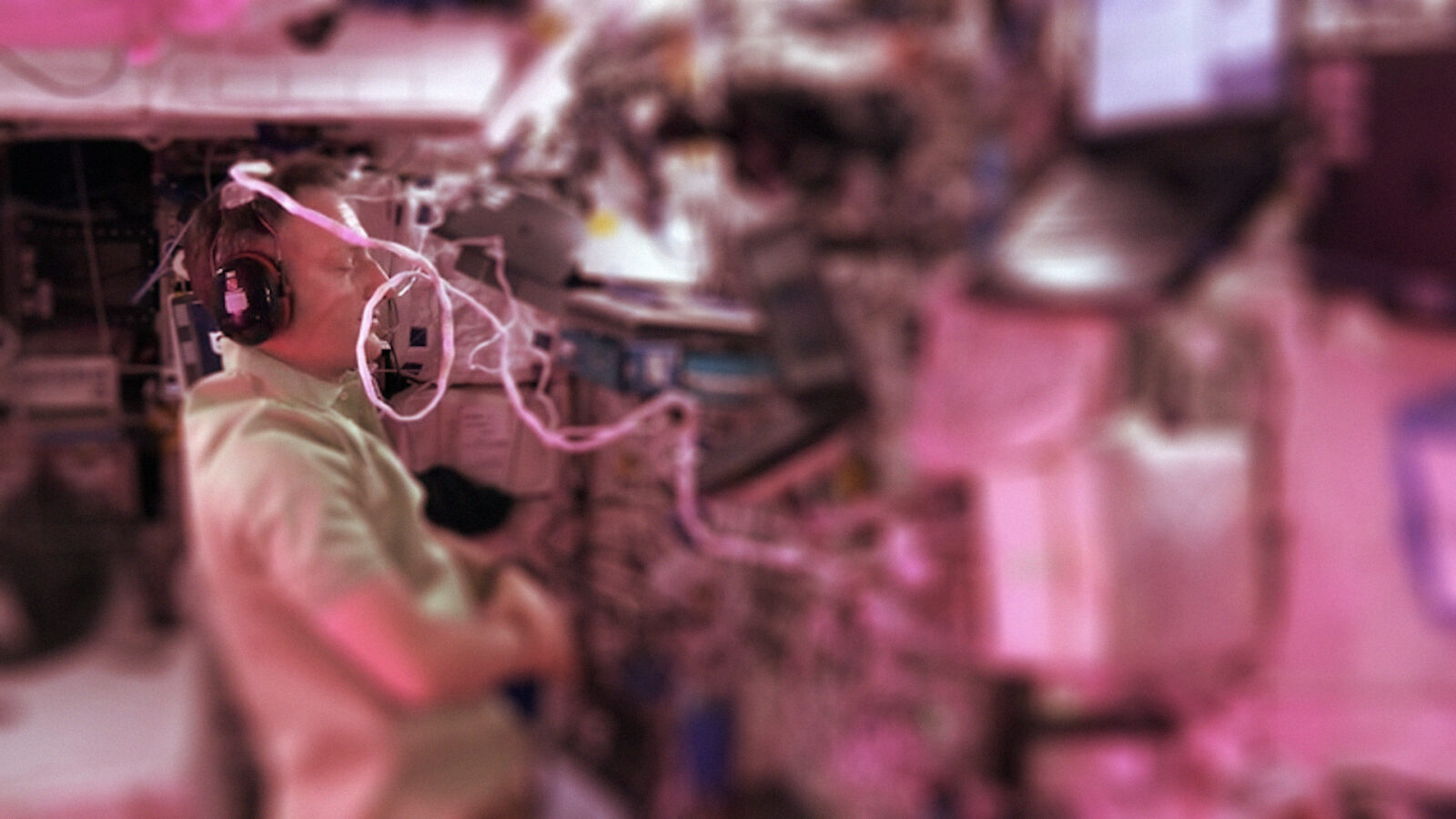Body in Space: How does it feel to float around in space?
Event at KTH Reactor Hall organized by KTH Navet Center and KTH Space Center
Welcome to an event, held at the KTH Reactor Hall, where art meets science!
It is organized by KTH NAVET Center, KTH Space Center as well as the producer and director of the film “Heart of an Astronaut” which will be the centerpiece.
Tid: Ti 2023-12-12 kl 08.30 - 11.00
Plats: KTH Reactor Hall, Drottning Kristinas väg 51, 114 28 Stockholm.
Språk: English

Only registred participants will enter KTH Reactor Hall: please register here.
Welcome to an event, held at the KTH Reactor Hall, where art meets science!
It is organized by KTH NAVET Centre, KTH Space Center as well as the producer and director of the film “Heart of an Astronaut” which will be the centerpiece.
The general theme is Body in Space which will concretize how it feels to float around in space by various visual and sensorial experiences, such as sonification of space data and image projections, including Christer Fuglesang sharing his journey to space.
The event will start with a screening of the film, which is a short documentary inviting you on the journey of an astronaut’s heart from Earth to Space. Its beats, its perils and its strength told by the astronaut’s doctor, the flight surgeon Brigitte Godard. It is a romantic trip of the cardiovascular system into space. The screening will be followed by presentations, Q/A and mingle with invited speakers!
Only registred participants will enter KTH Reactor Hall: please register here.
Agenda:
- 08:30 Opening doors of reactor hall and mingle
- 09:00 Welcoming to the event by Leif Handberg , manager of the KTH Reactor Hall, and Roberto Bresin , director of NAVET
- 09:10 Speech by State Secretary Maria Nilsson
- 09:15 Screening of Heart of an Astronaut
- 09:30 Panel discussion with guests:
- JENNIFER RAINSFORD , director of Heart of an Astronaut
- COSTANZA JULIA BANI , moderator / producer of Heart of an Astronaut and Ass Prof in Film and Media Production at SKH Stockholm Universtiy of the Arts
- CHRISTER FUGLESANG , Astronaut and Director of the KTH Space Center
- BRIGITTE GODARD , flight surgeon
- DAG LINNARSSON , Professor Emeritus of Baromedicine at Karolinska Institutet
- HANS BERG , Researcher in Orthopedics, muscle physiology at Karolinska Institutet and KTH
- 10:00 Q and A
- 10:15 Gym in Space and Coffee Break
- 10:30
ANITA ZANELLA
, Researcher at INAF National Institute of Astrophysics, Padova, Italy, The Audible Universe (
see paper in Nature Astronomy
) (
This seminar is also online
)
- Abstract: Incredible images of astrophysical objects in printed materials and in digital form are used by professional astronomers for research and by the general public for outreach and educational purposes. However, professional astronomers and the general public alike are blind to nearly all astronomical phenomena without technological and computational aids to produce the images that we are now used to “seeing”.
Challenging the idea that we should always use visualisations of astronomical data (i.e., graphs or images), there has been an emerging research interest over the past decade in converting astronomical data and phenomena into sound ("sonification"). Motivation for this includes the potential to enhance scientific discovery within complex datasets, by utilising the inherent multi-dimensionality of sound and the ability of our hearing to filter signals from noise. Other motivations include creating engaging multi-sensory resources, for education and public engagement, and making astronomy more accessible to people who are blind or have low vision, promoting their participation in science and related careers.
I will review the current status of the field of sonification in astronomy, and describe potential benefits of sound in the context of research, outreach, and education. I will also discuss current limitations and challenges of the approaches taken and suggest future directions to help realise the full potential of sound-based techniques when applied within the astronomy community.
- Abstract: Incredible images of astrophysical objects in printed materials and in digital form are used by professional astronomers for research and by the general public for outreach and educational purposes. However, professional astronomers and the general public alike are blind to nearly all astronomical phenomena without technological and computational aids to produce the images that we are now used to “seeing”.
- 10:45 -11:00 Open discussion

